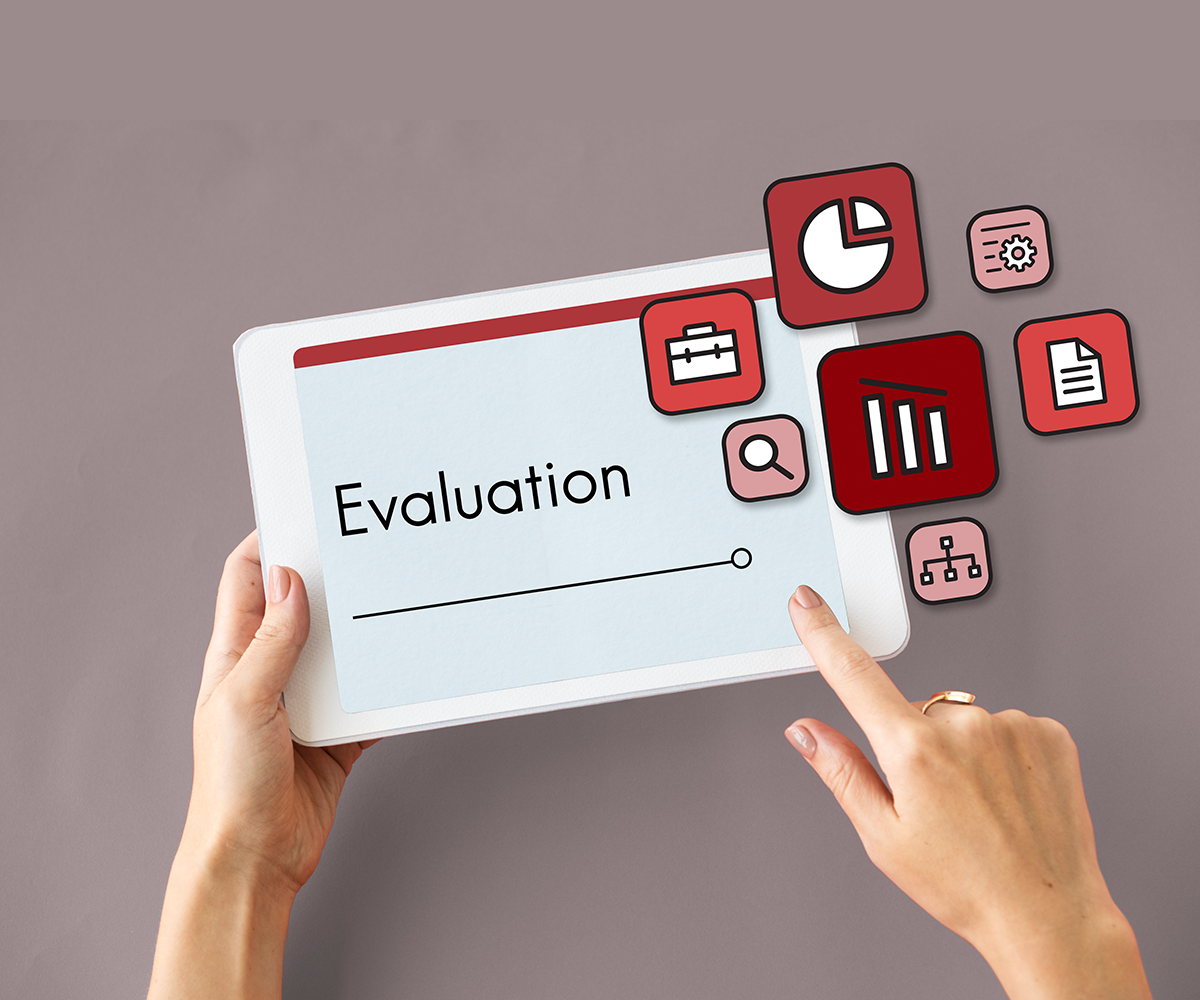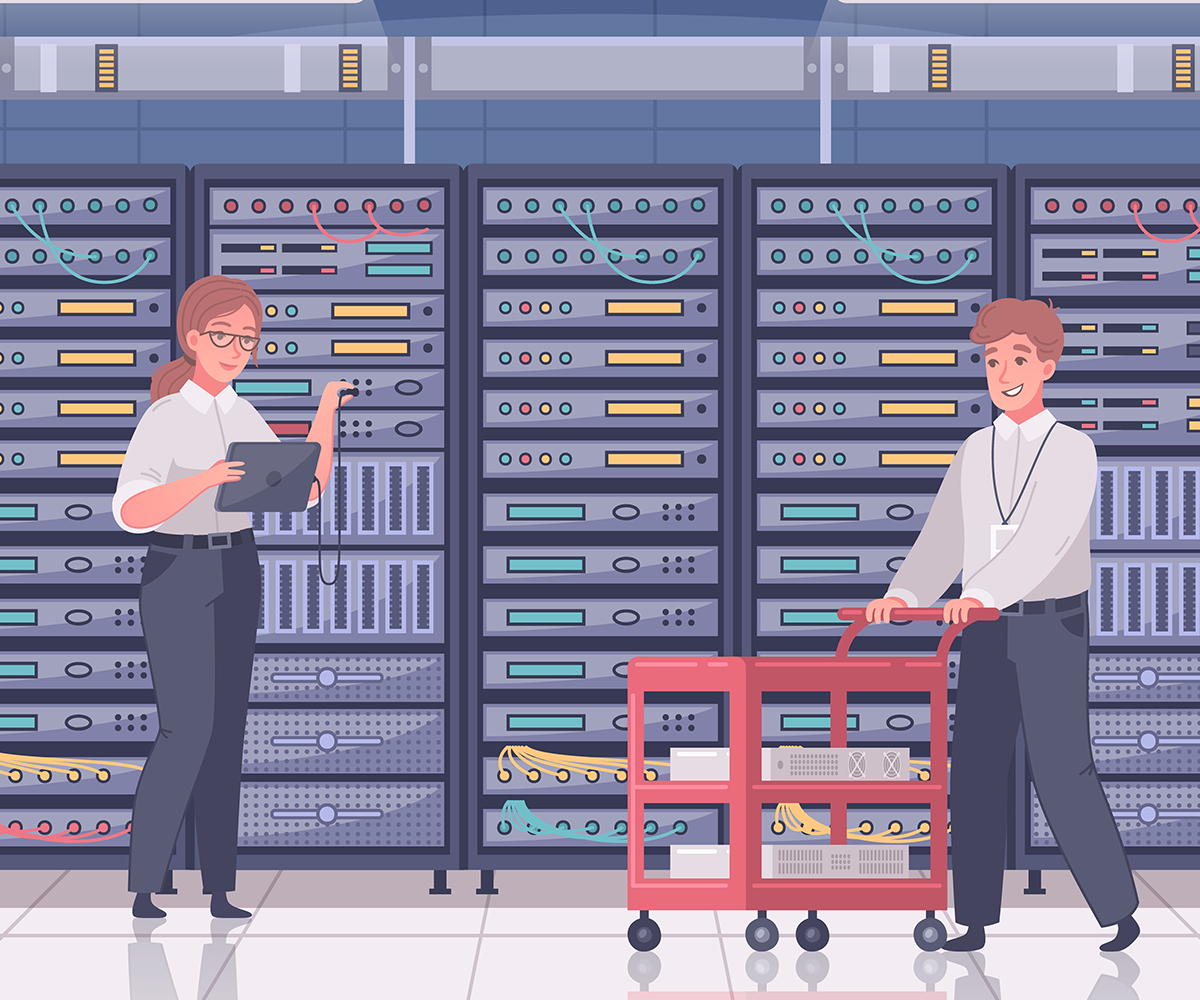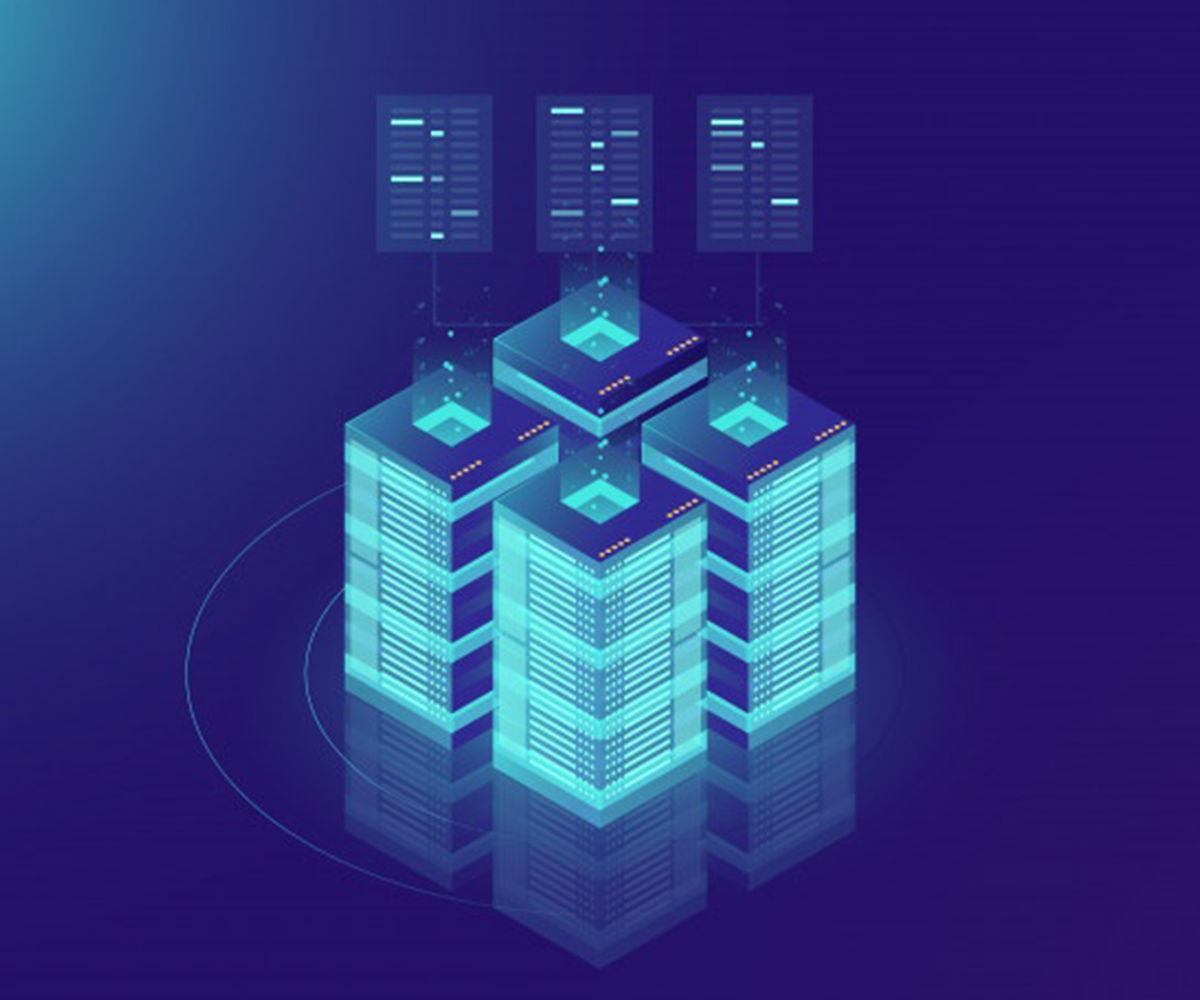
DIGITAL TRANSFORMATION
What Does Digital Transformation Mean for Your Company?
The incorporation of digital technology into all aspects of business, inherently changing how you conduct business and deliver value to your customers, is referred to as digital transformation. The pandemic has clearly highlighted the digital gaps in businesses with all businesses having to move to remote working and now the world has evolved from a physical workspace to working virtually anytime and anywhere. We, at Coleman Communications can offer the right guidance with our consultation and support service in helping you transform your business digitally. With models of remote and hybrid working here to stay, businesses must consider how to support mobile working environments. This means ensuring agile teams can flexibly scale up on a project-to-project basis, utilising data to optimise decision making.





